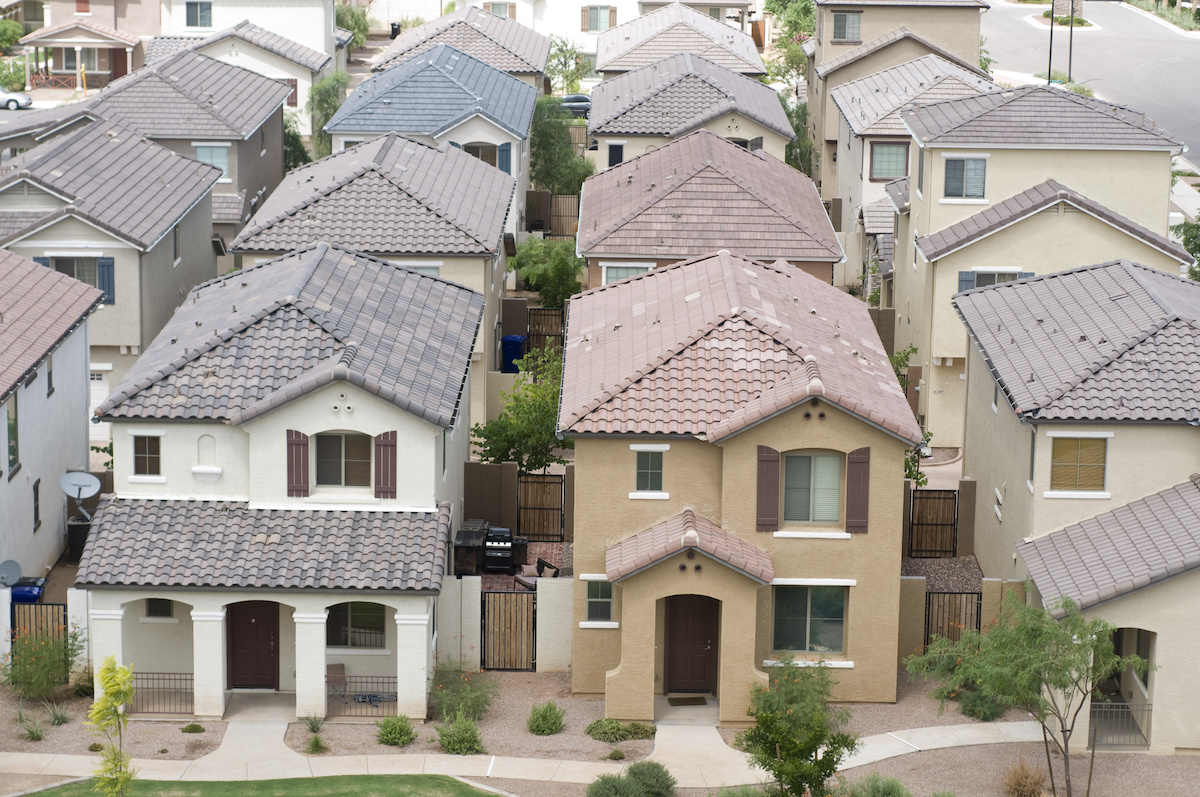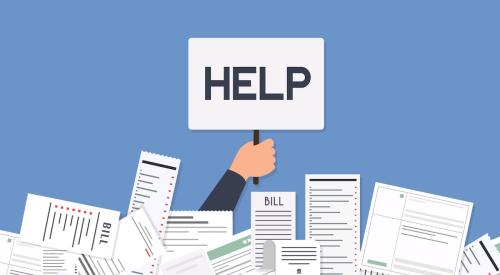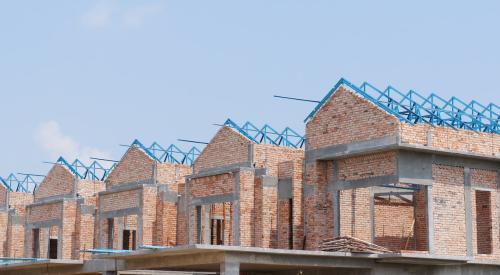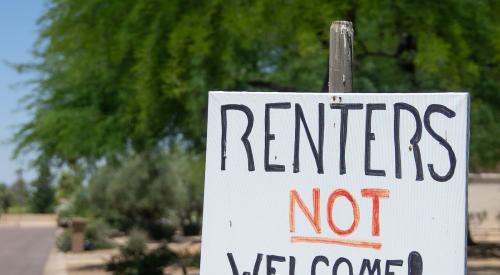The factors contributing to the current housing shortage began with the housing crash more than a decade ago when new construction severely slowed. Enter the pandemic, spiking construction costs, and historically low interest rates. Now, the housing shortage has become a much more severe issue and Forbes says the top hurdle to creating cost-effective, rapid housing is single-family zoning. Single-family zoning regulations are dated policies designed for a different time and difficult to confront, says Forbes. But some jurisdictions are attempting to find a solution through upzoning. Upzoning can be defined as changing zoning ordinances to build upwards with taller buildings or the removal of ordinances restricting upward building.
Regardless of which definition is being used, upzoning’s outcome is more housing density and usually the removal of policies that only allow for single-family homes or for closely related individuals to be able to reside together.
Affordable housing advocates have pleaded for upzoning for decades, knowing full well that systemic racism runs deep in local housing ordinances, and that more multi-family and shared housing increases inventory (i.e., supply), which allows for more options for those who need it most. With the housing shortage now at all-time highs, affordable housing advocates are no longer the only ones decrying policies that favor only nuclear families. Rather, policymakers on both sides of the aisle and at every jurisdiction are paying attention. Consider this alarming statistic that illuminates the disconnect: In the U.S., over 50% of the population is made up of small households, but only 12.5% of the housing stock is comprised of studios and one-bedrooms. The country’s focus on single-family homes has become unsustainable.
As anecdotal proof, I recently spoke at a public meeting in Rome, Georgia — a ruby “red” town northwest of Atlanta. A city councilperson told me afterward she was ready to “throw their zoning code in the trash” because they knew they couldn’t continue on with them as they were currently constructed.













